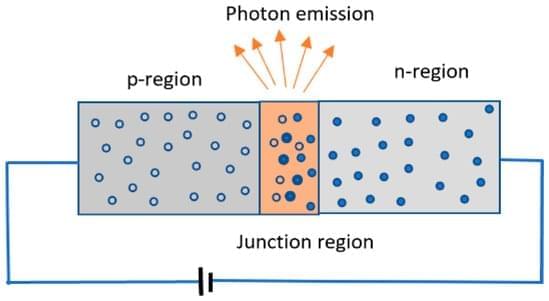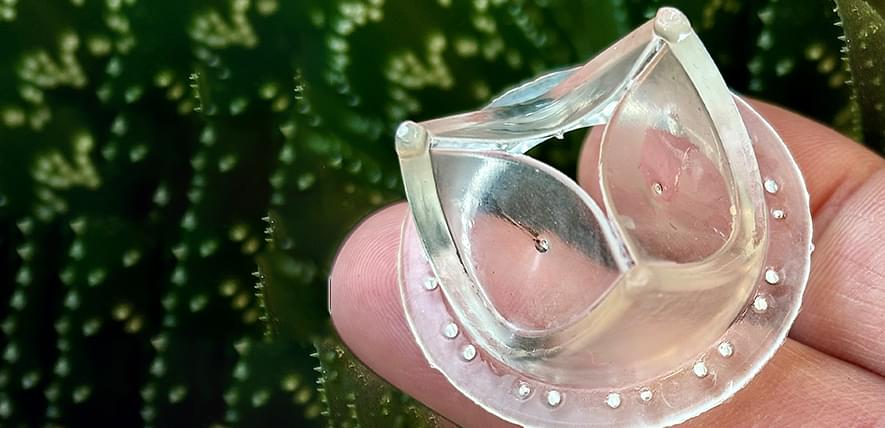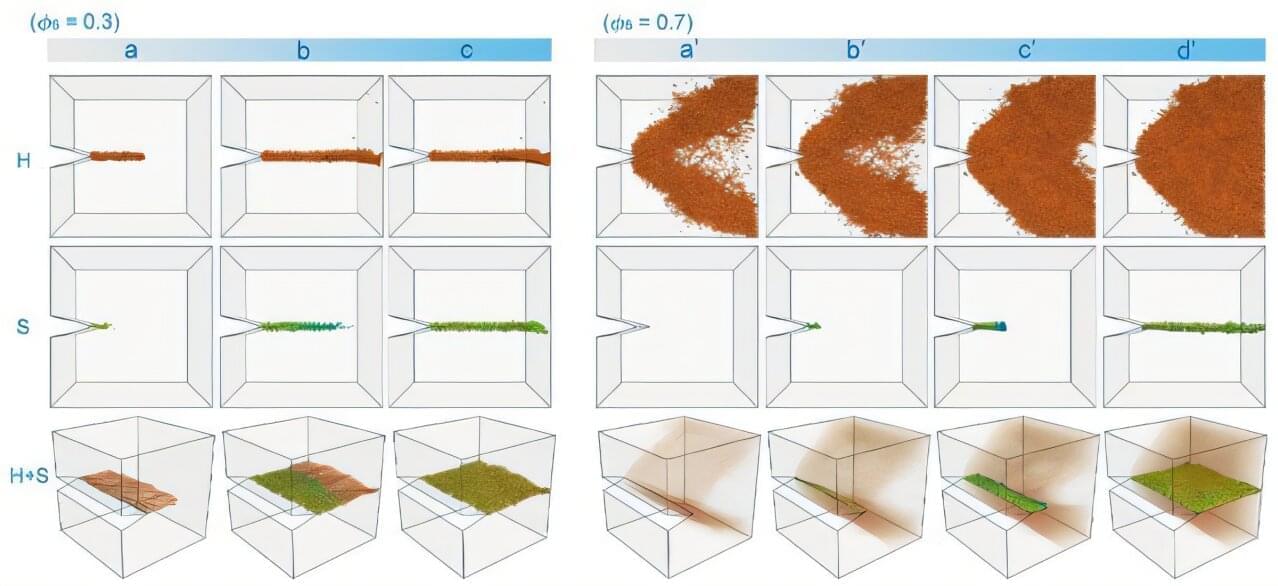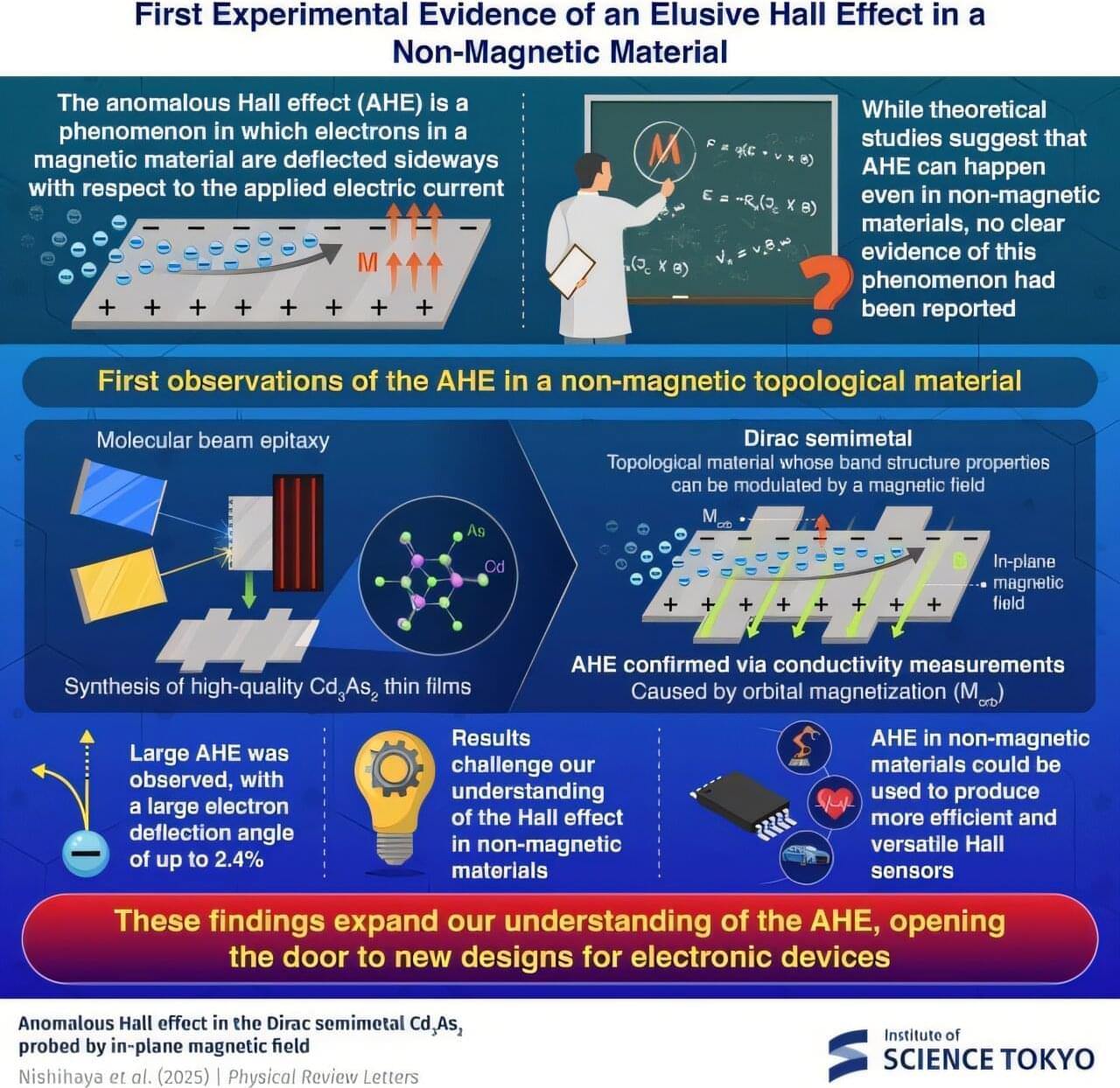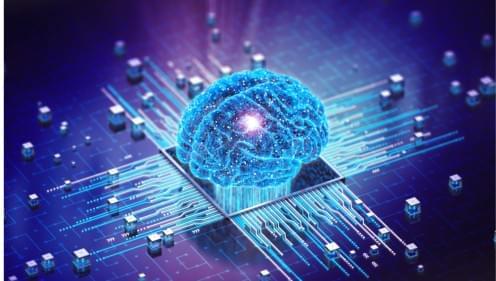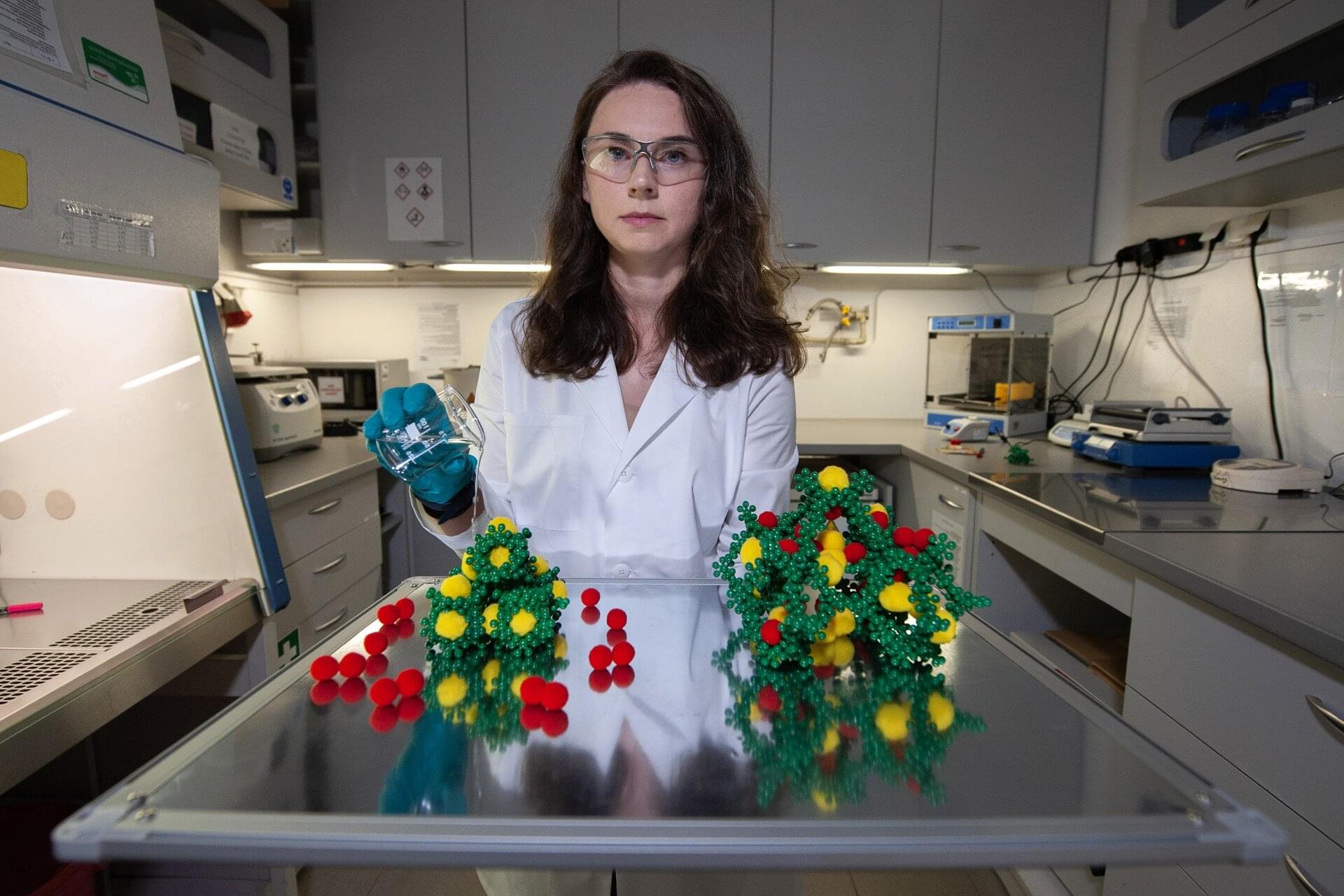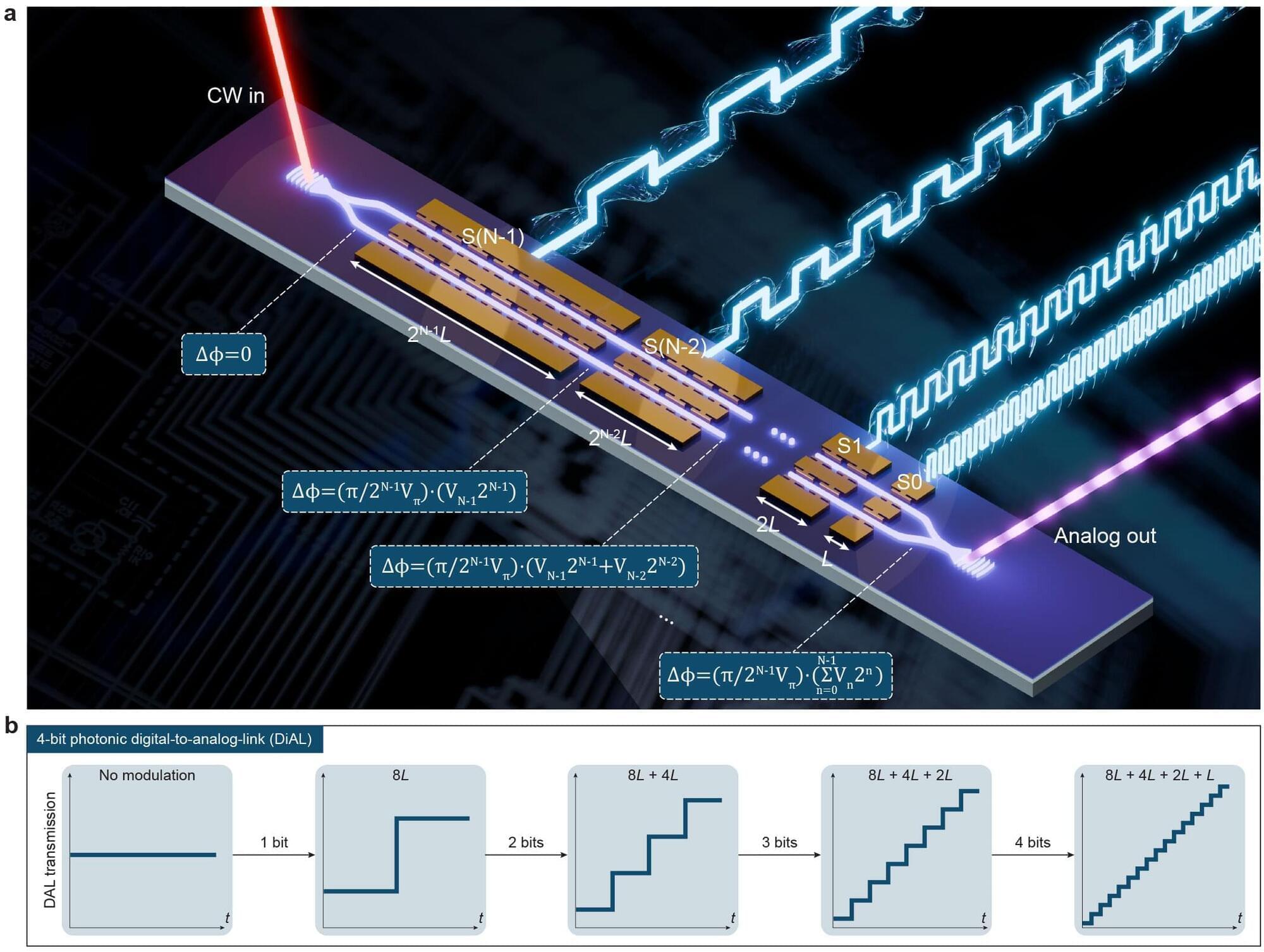Advances in spintronics have led to the practical use of magnetoresistive random-access memory (MRAM), a non-volatile memory technology that supports energy-efficient semiconductor integrated circuits.
Recently, antiferromagnets— magnetic materials with no net magnetization—have attracted growing attention as promising complements to conventional ferromagnets. While their properties have been extensively studied, clear demonstrations of their technological advantages have remained elusive.
Now, researchers from Tohoku University, the National Institute for Materials Science (NIMS), and the Japan Atomic Energy Agency (JAEA) have provided the first compelling evidence of the unique benefits of antiferromagnets.

